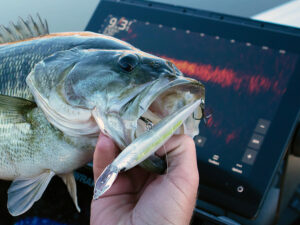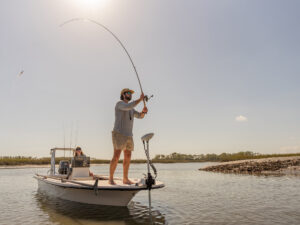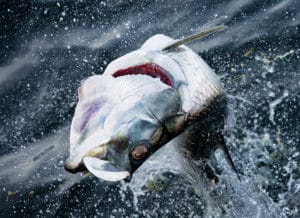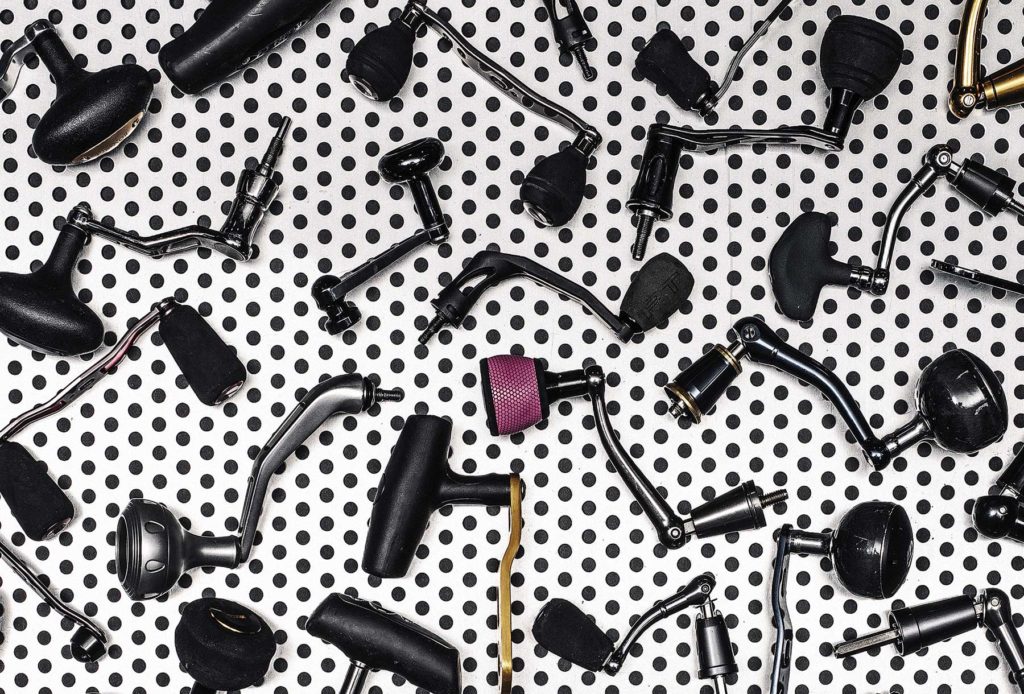
The human hand has 27 different bones, 29 joints and 123 ligaments. Your fingers have more sensory receptors than your eyes. The muscles that move those fingers are all located within your palm, are driven by some 200,000 neurons, and some scientists believe that as much as one-quarter of the motor cortex — the part of your brain that controls voluntary movement — is dedicated to manipulating your hands.
And the one most important task that the brain can ever direct your hands to do is, of course, wrapping them around the grip of a fishing-reel handle.
Well, OK — I’ll admit that picking up the rod and casting it might be just as important as turning the crank. But there’s no doubt that you can’t catch a fish if you can’t wind a reel. And this interface between your fingers and your fishing gear is where the proverbial rubber hits the road.
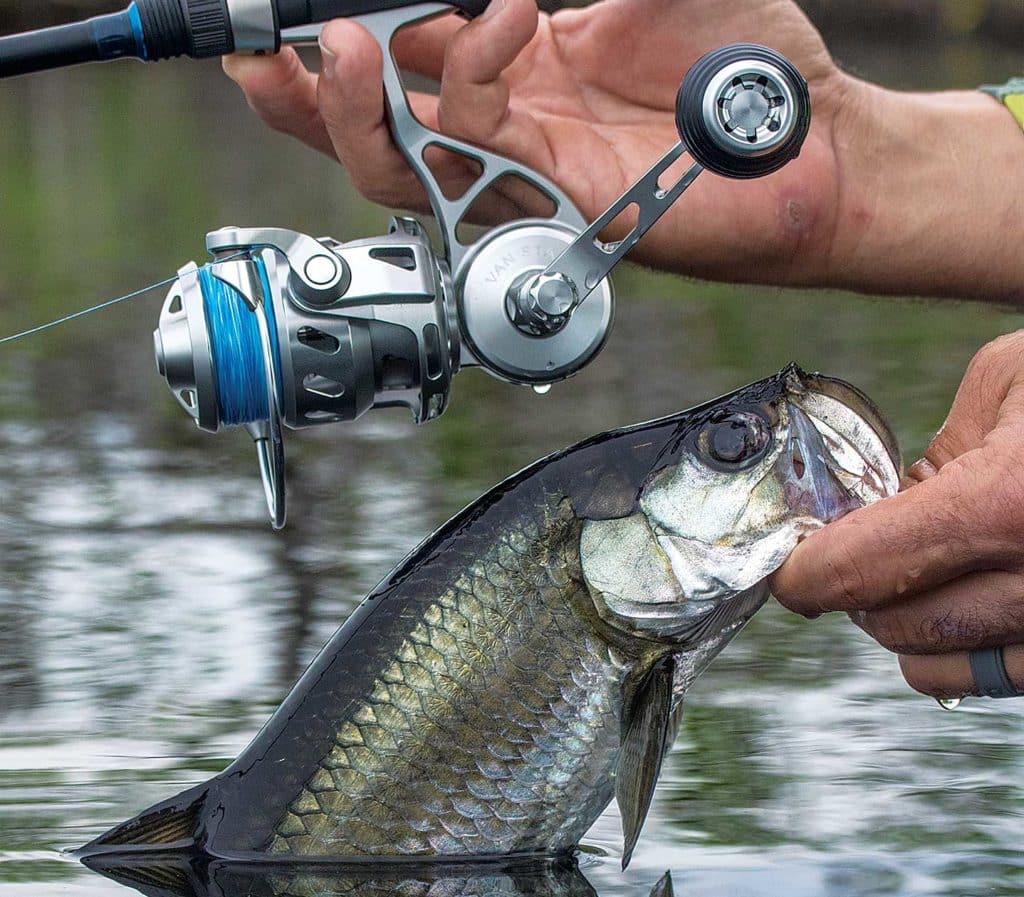
Digital Dilemma
Just how this connection is made between your fingers and your reel has a shockingly deep history. For many years, reel manufacturers have struggled to find the best shapes, sizes and materials for their handles. The issue is made all the more difficult because a reel’s intended use, size and ultimate cost all come into play. On top of that, every individual’s hands are different, so reel grips must be made to serve many masters.
“We’re constantly studying and developing new materials,” says Trey Epich, product planning manager for Shimano. “And we’re always running into unexpected issues. Years ago on some old models, for example, we discovered that the plastics we were using could break down from the chemicals found in suntan lotion and oils. Over time, the grips themselves became sticky. Finding the best replacement material was a three-year project.”
Epich says Shimano has also found that the weight of a grip can have surprising effects. For example, in some baitcasting reels, the weight of a material that otherwise seems ideal can cause the crank to turn while casting. Yet on a spinning reel, using that same material might be perfectly fine. “It’s a constantly evolving process,” he says, “and every aspect of the reel can affect it. Handle length, gear ratio, knob size — a micron adjustment here or there can have a huge impact on how well a grip functions. That’s why we sink so much time and effort into developing things such as Ci4+ carbon-infused plastic. Sometimes the ideal grip material for a reel just doesn’t exist yet.”
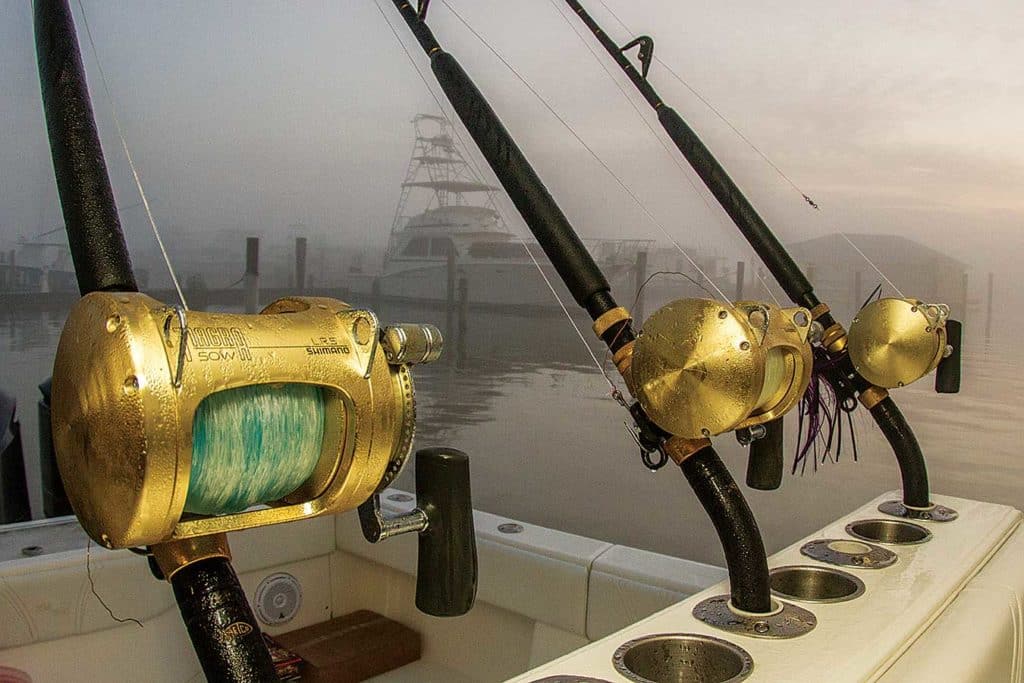
Shaping the Debate
John Bretza, director of product development for Okuma, also sees grip material as an important variable. “Material has two factors,” he explains. “One is comfort, and the other is durability. A lot of anglers like the soft EVA foam handles for comfort, but over a long period of time, these will not be as durable as aluminum or an injected material.”
Aside from material concerns, the shape of a grip is the next item to address. As an example of how shape affects not only comfort but also an angler’s ability to catch fish, Bretza offers the T-bar handle and grip used on the Makaira line. “The offset angle was medically proven to reduce the amount of lactic-acid buildup in an extended battle,” he says. “It pushed the elbow away from the body and allowed improved circulation.”
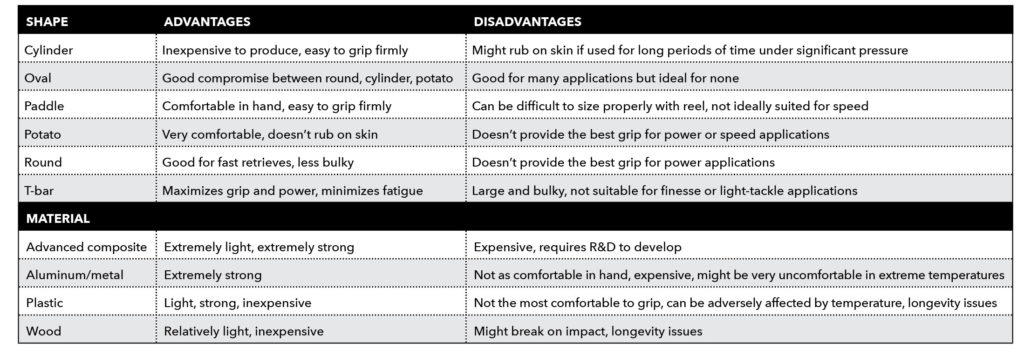
Bretza also notes that anglers should consider how your fingers rest on a reel’s grip where it meets the handle. He says that giving your fingers a smooth surface to ride on, preventing blistering during extended battles, can be important.
Walt Tomczykowski, a reliability and quality engineer who deals with “human factor” issues in design as a consultant with Tomczykowski Group’s engineering services, believes that having the right grip can make your time on the water noticeably more enjoyable. Cracked knuckles, wrist strain and awkward operation could all result from having the wrong shape or style grip, and Tomczykowski says that there’s a night-and-day difference between reels like his own old Penn 77 and Penn’s modern Defiance 40LW.
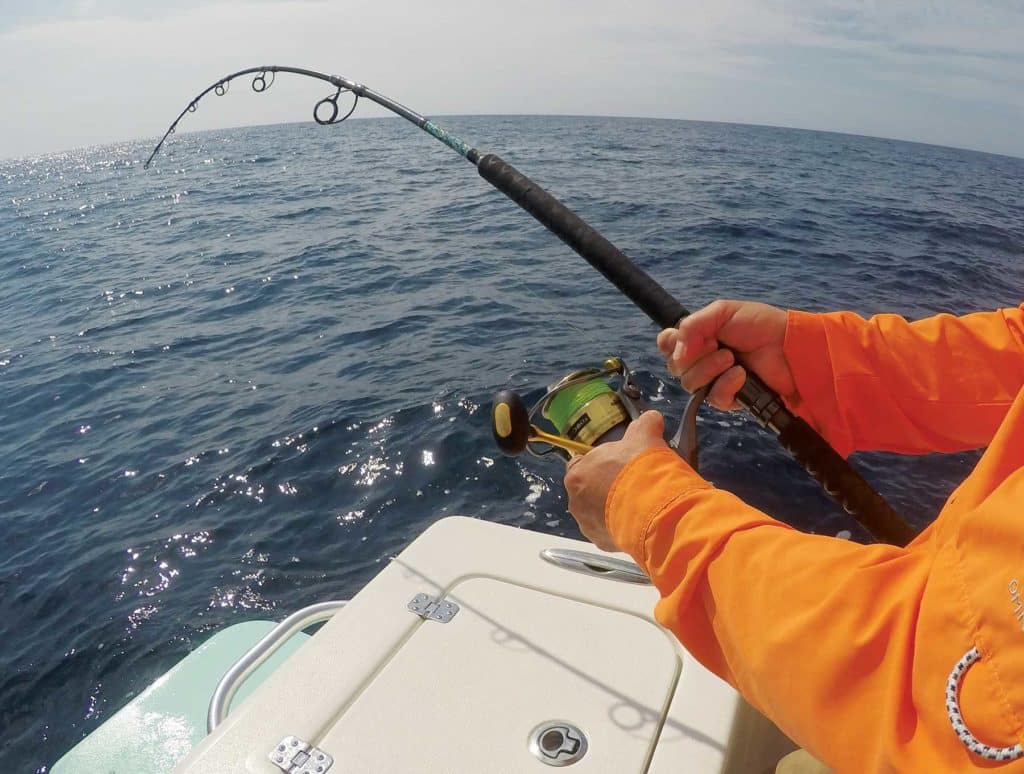
“While the old designs are fine for a 20-inch fish, when reeling in larger fish, there’s a big difference in handling and comfort with the newer grips,” Tomczykowski says. “When looking for a new reel, once obvious safety concerns are eliminated, aside from the grip’s durability and workmanship, I would look at sizing for my hand, comfort and repairability. In the end, it will come down to personal preference.”
Tomczykowski notes that if you regularly fish with gloves on, you should probably also shop for reels with your gloves on. And when trying out a reel in the tackle store, you should mount it on a rod similar to the one you’ll be using on the water to get a more realistic idea of how it will feel.
“Grip shape is driven by comfort,” adds Epich, “and this is often dependent on how the reel is used.” As an example, he points to the “potato” shape, which he says Shimano studied in depth. Their discovery? It was great for a reel like the Tekota, which is used for trolling 99 percent of the time. But for a reel used for casting, the design was a flop.
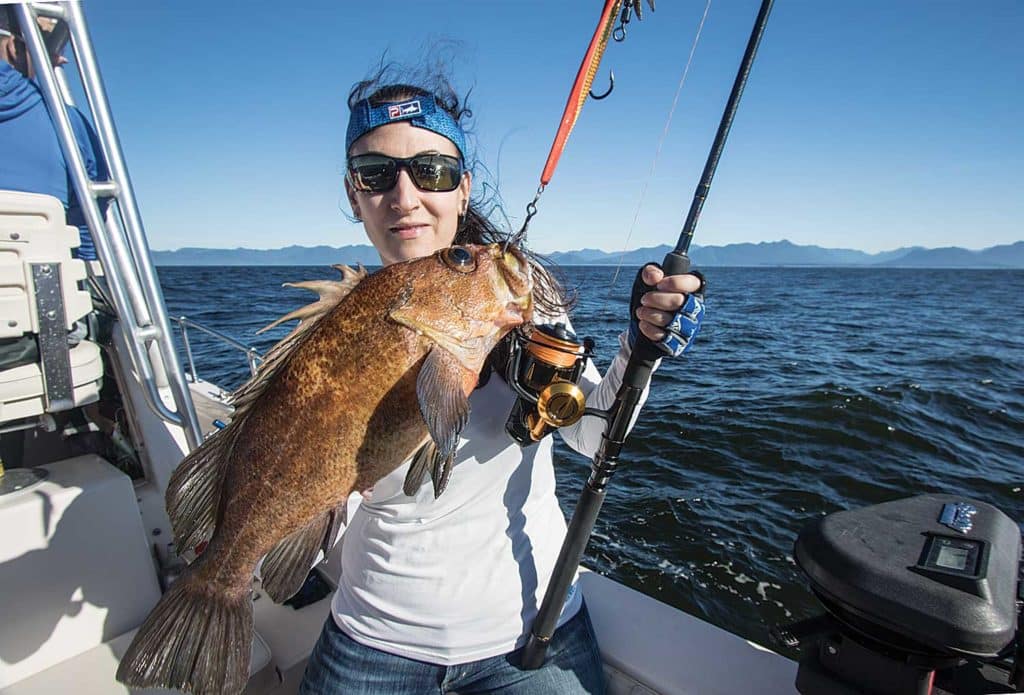
Getting a Grip
No discussion of reel grips would be complete without also taking a look at the replacement and add-on grips on the market. Rubber slip-on grip covers can make a slippery plastic grip easier to keep firmly in hand, especially when your fingers are cold, wet or fish-slimed. Since these add-ons are essentially disposable, in the long run there’s no worry about long-term product reliability. And there are also plenty of replacement knobs on the market from which you can choose that might fit a specific reel. While some people will find that replacing a handle does improve comfort, Tomczykowski cautions that making major modifications could affect the way torque and/or twist is applied to the gears of a reel.
Read Next: Benefits of Baitcasters
The bottom line: Reel grips might seem like simple things, but in reality, a lot of thought and effort goes into every aspect of their design. And in the long run, it’s so all of those 27 bones, 29 joints, 123 ligaments, and 200,000 neurons can work together more comfortably and more effectively.


